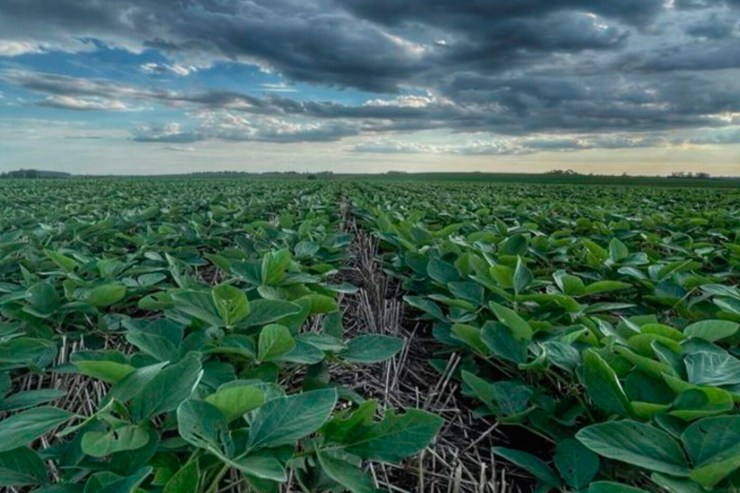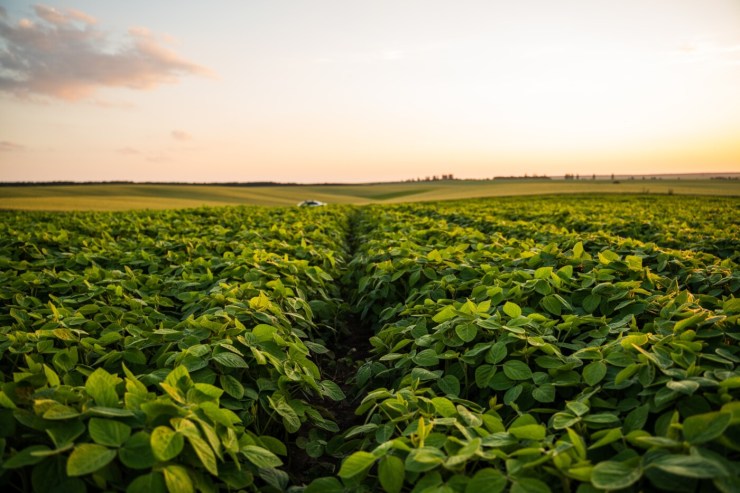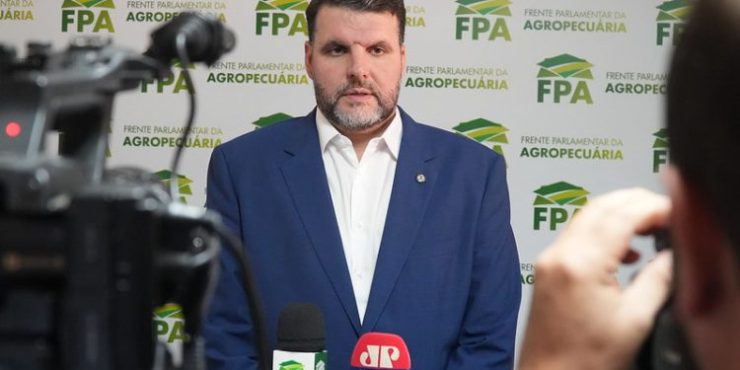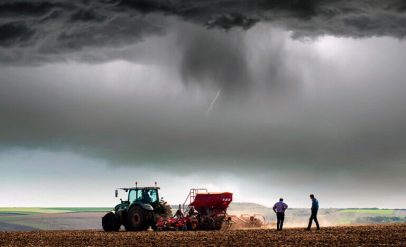To further promote and strengthen Brazilian agriculture, the Federal Government is launching the 2025/2026 Harvest Plan this Tuesday (1st), with resources in the order of R$$ 516.2 billion earmarked for corporate agriculture. The amount represents an increase of R$$ 8 billion compared to the previous harvest. The launch ceremony will be held at 11 am, at the Planalto Palace, with the presence of President Luiz Inácio Lula da Silva and the Minister of Agriculture and Livestock, Carlos Fávaro.
Aimed at medium and large producers, the Harvest Plan for corporate agriculture is coordinated by the Ministry of Agriculture and Livestock (Mapa) and includes financing, marketing and investment operations. The conditions vary according to the beneficiary's profile and the program accessed. Interest rates, terms and credit limits will be available in the official tables to be released by Mapa.
Measures to increase safety and sustainability in the field

Starting this year, rural credit for agricultural financing will require compliance with the recommendations of the Agricultural Zoning of Climate Risk (Zarc). Previously restricted to operations of up to R$$ 200 thousand contracted by family farmers of Pronaf with mandatory classification in Proagro, the requirement now extends to financing above this amount and to contracts in which Proagro is not required. The objective is to avoid releasing credit outside the indicated periods or in areas with restrictions, contributing to greater security and sustainability in production. The exception occurs only in cases where there is no zoning available for the municipality or for the financed crop.
Another new feature is the authorization for financing feed, supplements and medicines purchased up to 180 days before the credit is formalized, which makes access to inputs more flexible.
The financing may also be used for the production of seeds and seedlings of native or exotic forest species, promoting initiatives aimed at environmental preservation. In this context, financing of inputs and cultural treatments for the cultivation of plants used for soil cover and protection during the off-season will also be permitted, encouraging sustainable agricultural practices.
 Furthermore, the new cycle of the Safra Plan brings measures to facilitate debt renegotiation, offering producers who faced difficulties in previous harvests more flexibility to reorganize their liabilities and resume the production flow.
Furthermore, the new cycle of the Safra Plan brings measures to facilitate debt renegotiation, offering producers who faced difficulties in previous harvests more flexibility to reorganize their liabilities and resume the production flow.
Expanded access to Funcafé
One of the highlights of this edition is the expansion of access to the Coffee Economy Defense Fund (Funcafé). From now on, beneficiaries of Pronaf and the National Support Program for Medium-Sized Rural Producers (Pronamp) will be able to access the fund even if they already have active contracts through the Harvest Plan, increasing credit options and strengthening investment and production capacity in the coffee sector.
Encouraging sustainable production and modernization
Producers who adopt sustainable practices will have access to special conditions, such as reduced interest rates. The 2025/2026 Harvest Plan also offers credit for seedling production, reforestation and cover crops, which help preserve the soil between harvests.
In addition, the government extended the application of the 0.5 percentage point discount on the interest rate of rural credit operations for financing from July 1, 2025 to June 30, 2026. The measure applies to producers included in Pronamp and also to other producers who invest in sustainable activities, with equalized resources and respecting the limits defined by each financial institution for the agricultural year.
Programs aimed at modernization and innovation continue to be strengthened. Moderagro and Inovagro were unified to simplify access to credit and, as a result, there was an increase in the limit available for investments in farms, enabling these structures to always remain up to date with regard to animal health.

The RenovAgro Ambiental subprogram now also includes fire prevention and firefighting actions, in addition to the recovery of protected areas. Among the new features is the possibility of financing fire prevention and firefighting actions on rural properties; use of resources for the acquisition of water tanker trucks or trailers; and among the items eligible for financing, seedlings of native species for the replacement and recomposition of permanent preservation areas and legal reserves.
The storage program (PCA) was also expanded. The capacity limit per project increased from 6,000 to 12,000 tons, which contributes to improving the infrastructure for storing and distributing rural production.
Another new development is the increase in the income limit for qualifying for Pronamp, which went from R$$ 3 million to R$$ 3.5 million per year, allowing more producers to have access to the differentiated conditions offered by the program.
Commitment to agricultural development
With the slogan “Strength for Brazil to grow”, the 2025/2026 Harvest Plan highlights the importance of agriculture for the country’s growth. The expansion of credit, the incentive for sustainable production and the strengthening of policies aimed at the countryside reinforce the government’s strategy of promoting a more efficient, competitive sector that is aligned with environmental demands.





